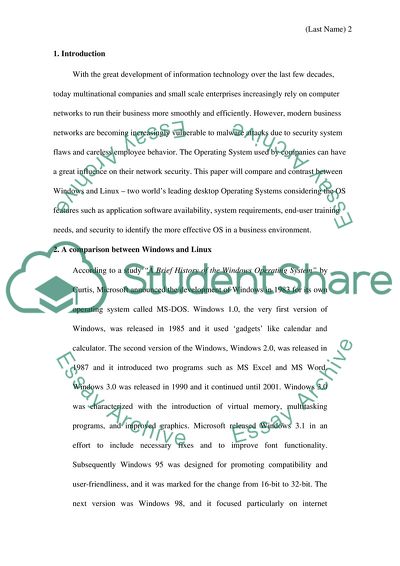Cite this document
(Operating Systems: Windows and Linux Case Study, n.d.)
Operating Systems: Windows and Linux Case Study. https://studentshare.org/information-technology/1867370-operating-systems
Operating Systems: Windows and Linux Case Study. https://studentshare.org/information-technology/1867370-operating-systems
(Operating Systems: Windows and Linux Case Study)
Operating Systems: Windows and Linux Case Study. https://studentshare.org/information-technology/1867370-operating-systems.
Operating Systems: Windows and Linux Case Study. https://studentshare.org/information-technology/1867370-operating-systems.
“Operating Systems: Windows and Linux Case Study”. https://studentshare.org/information-technology/1867370-operating-systems.


